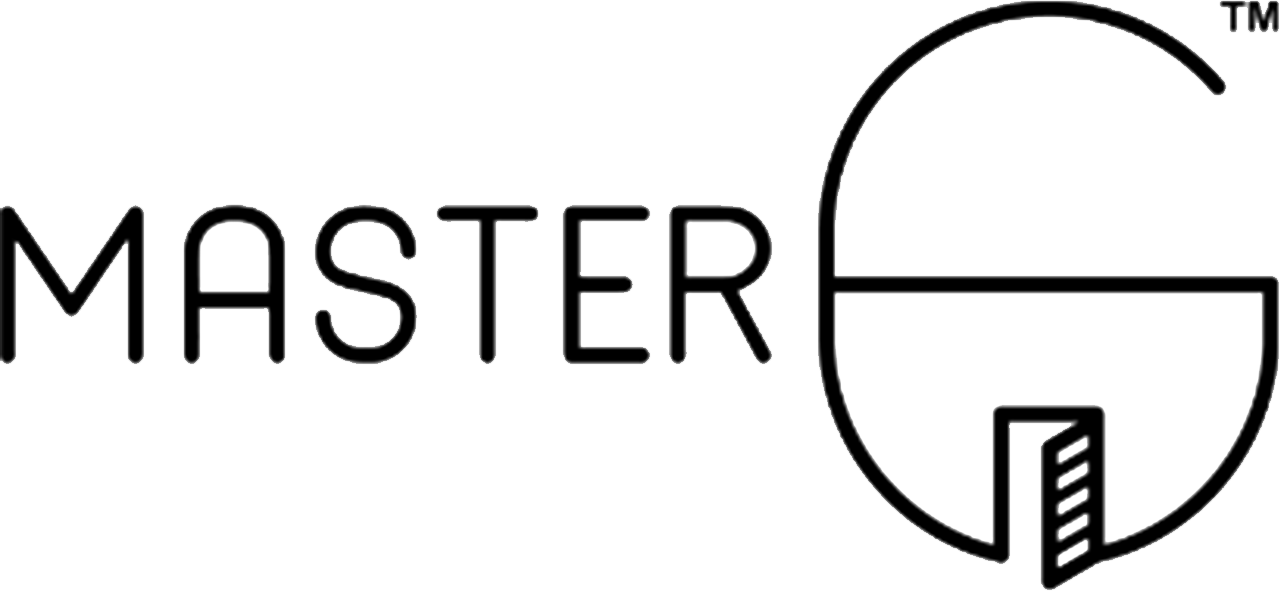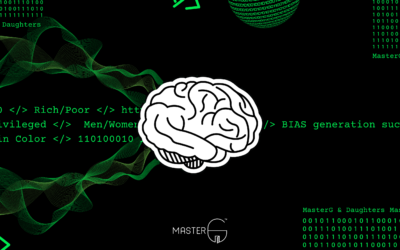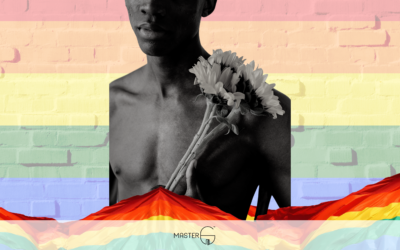Democratizing a socio-political ground comes rooted with a right to dissent. It is the right to disagree with the present state of things and with the systems in power. The right to question and raise our voices against the patterns which are discriminatory holds a pivotal role in a democracy as vast as ours.
In an anecdotal society like ours where such bouts run parallel with harmony of life, there needs to be a way to show dissent that remains embedded within us. We sometimes achieve that by displaying what we ‘wear on our sleeves’. Be it in the form of a black band, a piece of clothing rendered ‘traditional’ or modern-day fast fashion displaying nothing but neutrality.
Our clothes are the first thing that we use to make an impression. It offers ‘a window inside our world’, whether that world revolves around an exuberant purpose or is trying to set itself on fire!
An apparel is the most subdued and yet a powerful mode of protest. It goes along with us in all ages. A child might show their protest by dotting his clothes with food, a toddler through their antics of wearing unmatching pieces and most dangerous of them all, a teenager, who threads all patterns to weave a stern sense of self.
In a more externalized form of protest, clothing goes beyond self and encompasses the community. Our clothes function as a symbol. A symbol of what we envision our future to be. Be it the rainbow of a stance in favor of LGBTQ rights’, or the lingering image of women in white asking for their right to vote in the United States.
Once there was a Gulabi gang in pink sarees taking the law in their hands to stand against domestic violence. More recently there was a set colour-scheme of black, Dandelion, UE Red, Raisin Black, Arsenic and Dark Liver for protestors of Black Lives Matter. Its social purpose is to show solidarity, and practical one to safeguard each other from attacks, with a sense that moves faster than reflexes. The times of social unrest demand the practicality of clothes. Congresswomen AOC (Alexandria Ocasio-Cortez) came on social media to inform protestors as to what to wear that’ll protect them from the methods of violence inflicted by the police force.
In the form of a uniform, they are the tool of resistance, serving as an act of dissent, a way to display the values you align yourself with (or don’t). Clothes give agency and they taketh away. It is a showcase of one’s privilege, one’s awareness of that privilege, and the lack of both. It is a symbol of dissent, and it does not always side with the betterment of things.
We often hear the term ‘make a statement’ in relation to dressing up or putting on our clothes. The frequent usage of the term convinces me that we do make a statement through our clothes before making a verbal one. Then comes the question, what statement do you want to make?
It was a bit late in my life that I went on to intentionally discover my ‘style’. Surprisingly, it was an unconscious act that was brought to my notice by something my mother said to me. While I was leaving to go shopping, she called out from the other room saying, ‘bring a little more sophisticated piece, not your ‘jholachhap’. This colloquial Hindi term, this word carries multiple connotations. Jholachhap may mean clothes that go with a khadi bag. A cotton dress with a crushed look, a stereotypical look of a government professor from the 80s, or even clothes generally preferred by the ‘left wing’. What my mother was referring to was the air of academician that I like to carry in my personality, but I soon realized my mother had unintentionally made a political statement.
Why was a khadi dress, a seemingly cheaper attire associated with communism in our country, when there is a brand in place ‘Khadi’ which is not very affordable? The more important question was, am I making an unrealized political statement through the choice of my clothing? Do I need to be conscious about that? Was I being rigid with regard to what I want people to make of my personality then what it really was?
The question remains why is it so important to detest, and why is clothing the preferred mode?
The answer is simple, a piece of clothing is the foremost extension of our identity. Who we are, and what we want to make of ourselves. As Rene Descartes rightly puts, I think, therefore I am. Our attire has an interdependency factor with our thoughts and state of mind. It is human to communicate our wishes, opinions, wants and needs.
I did take a deliberate action to be unconscious of my clothing from that day. It is my way to criticize that existentiality precedes essentiality. And yes, I am aware of the irony.
Clothes are an extension of our personality. A personality that we do not intentionally choose, but is carved out of people we meet, places we visit, thoughts we think and ponderance we engage in. It is the most peaceful and most aggressive form of protest. It is onto us all the time, and it is simply the way of life. It can be unseen to ignorance and a blow horn to observers.
What is then the role of the maker of these clothes, then? Are they unaware of the weapons they are welding or are they most conscious of the one thing that should belong to each person in this unforgiving world? The ‘Right to Choose’.
More on the makers’ conscience in the next blog. Till then, what are you going to wear today? Choose wisely, or don’t!
mocratizing a socio-political ground comes rooted with a right to dissent. It is the right to disagree with the present state of things and with the systems in power. The right to question and raise our voices against the patterns which are discriminatory holds a pivotal role in a democracy as vast as ours.
In an anecdotal society like ours where such bouts run parallel with harmony of life, there needs to be a way to show dissent that remains embedded within us. We sometimes achieve that by displaying what we ‘wear on our sleeves’. Be it a black band, a piece of clothing rendered ‘traditional’ or modern-day fast fashion displaying nothing but neutrality?
Our clothes are the first thing that we use to make an impression. It offers ‘a window inside our world’, whether that world revolves around an exuberant purpose or is trying to set itself on fire!
An apparel is the most subdued and yet a powerful mode of protest. It goes along with us in all ages. A child might show their protest by dotting his clothes with food, a toddler through their antics of wearing unmatched pieces and most dangerous of them all, a teenager, who threads all patterns to weave a stern sense of self.
In a more externalized form of protest, clothing goes beyond self and encompasses the community. Our clothes function as a symbol. A symbol of what we envision our future to be. Be it the rainbow of a stance in favor of LGBTQ rights’, or the lingering image of women in white asking for their right to vote in the United States.
Once there was a Gulabi gang in pink sarees taking the law in their hands to stand against domestic violence. More recently there was a set colour-scheme of black, Dandelion, UE Red, Raisin Black, Arsenic and Dark Liver for protestors of Black Lives Matter. Its social purpose is to show solidarity, and practical one to safeguard each other from attacks, with a sense that moves faster than reflexes. The times of social unrest demand the practicality of clothes. Congresswomen AOC (Alexandria Ocasio-Cortez) came on social media to inform protestors as to what to wear that’ll protect them from the methods of violence infliction taken up by the police force.
In the form of a uniform, they are the tool of resistance, serving as an act of dissent, a way to display the values you align yourself with (or don’t). Clothes give agency and they taketh away. It is a showcase of one’s privilege, one’s awareness of that privilege, and the lack of both. It is a symbol of dissent, and it does not always side with the betterment of things.
We often hear the term ‘make a statement’ in relation to dressing up or putting on our clothes. The frequent usage of the term convinces me that we do make a statement through our clothes before making a verbal one. Then comes the question, what statement do you want to make?
It was a bit late in my life that I went on to intentionally discover my ‘style’. Surprisingly, it was an unconscious act that was brought to my notice by something my mother said to me. While I was leaving to go shopping, she called out from the other room saying, ‘bring a little more sophisticated piece, not your ‘jholachhap’. This colloquial Hindi term, this word carries multiple connotations. Jholachhap may mean clothes that go with a khadi bag. A cotton dress with a crushed look, a stereotypical look of a government professor from the 80s, or even clothes generally preferred by the ‘left wing’. What my mother was referring to was the air of academician that I like to carry in my personality, but I soon realized my mother had unintentionally made a political statement.
Why was a khadi dress, a seemingly cheaper attire associated with communism in our country, when there is a brand in place ‘Khadi’ which is not very affordable? The more important question was, am I making an unrealized political statement through the choice of my clothing? Do I need to be conscious about that? Was I being rigid with regard to what I want people to make of my personality then what it really was?
The question remains why is it so important to detest, and why is clothing the preferred mode?
The answer is simple, a piece of clothing is the foremost extension of our identity. Who we are, and what we want to make of ourselves. As Rene Descartes rightly puts, I think, therefore I am. Our attire has an interdependency factor with our thoughts and state of mind. It is human to communicate our wishes, opinions, wants and needs.
I did take a deliberate action to be unconscious of my clothing from that day. It is my way to criticize that existentiality precedes essentiality. And yes, I am aware of the irony.
Clothes are an extension of our personality. A personality that we do not intentionally choose, but is carved out of people we meet, places we visit, thoughts we think and ponderance we engage in. It is the most peaceful and most aggressive form of protest. It is onto us all the time, and it is simply the way of life. It can be unseen to ignorance and a blow horn to observers.
What is then the role of the maker of these clothes, then? Are they unaware of the weapons they are welding or are they most conscious of the one thing that should belong to each person in this unforgiving world? The ‘Right to Choose’.
More on the makers’ conscience in the next blog. Till then, what are you going to wear today? Choose wisely, or don’t!




0 Comments